Delphi. Complete Works of Michelangelo Merisi da Caravaggio
Here you can read online Delphi. Complete Works of Michelangelo Merisi da Caravaggio full text of the book (entire story) in english for free. Download pdf and epub, get meaning, cover and reviews about this ebook. genre: Art / Computer. Description of the work, (preface) as well as reviews are available. Best literature library LitArk.com created for fans of good reading and offers a wide selection of genres:
Romance novel
Science fiction
Adventure
Detective
Science
History
Home and family
Prose
Art
Politics
Computer
Non-fiction
Religion
Business
Children
Humor
Choose a favorite category and find really read worthwhile books. Enjoy immersion in the world of imagination, feel the emotions of the characters or learn something new for yourself, make an fascinating discovery.
Delphi. Complete Works of Michelangelo Merisi da Caravaggio: summary, description and annotation
We offer to read an annotation, description, summary or preface (depends on what the author of the book "Delphi. Complete Works of Michelangelo Merisi da Caravaggio" wrote himself). If you haven't found the necessary information about the book — write in the comments, we will try to find it.
Caravaggio trained as a painter in Milan under Simone Peterzano who had himself trained under Titian. In his twenties Caravaggio moved to Rome where there was a demand for paintings to fill the many huge new churches and palazzos being built at the time. It was also a period when the Church was searching for a stylistic alternative to Mannerism in religious art that was tasked to counter the threat of Protestantism. Caravaggios innovation was a radical naturalism that combined close physical observation with a dramatic, even theatrical, use of chiaroscuro which came to be known as tenebrism (the shift from light to dark with little intermediate value).
He gained attention in the art scene of Rome in 1600 with the success of his first public commissions, the Martyrdom of Saint Matthew and Calling of Saint Matthew.
Unknown: author's other books
Who wrote Delphi. Complete Works of Michelangelo Merisi da Caravaggio? Find out the surname, the name of the author of the book and a list of all author's works by series.

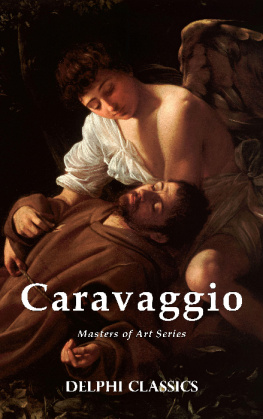

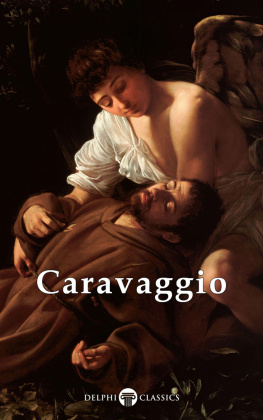
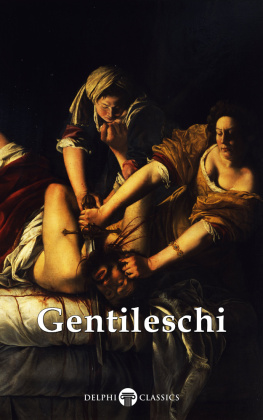
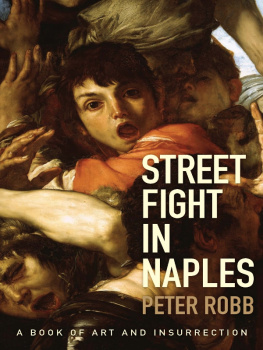


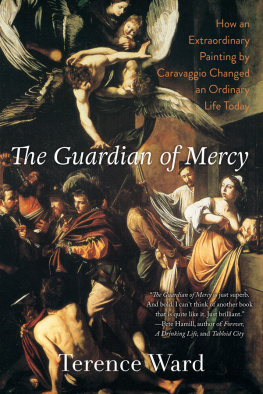
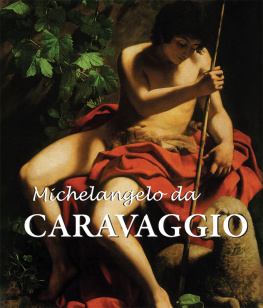
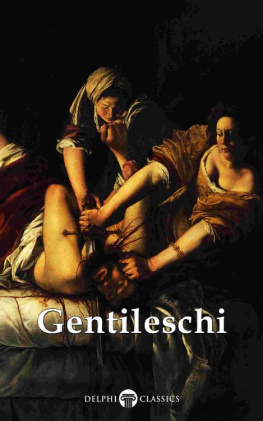
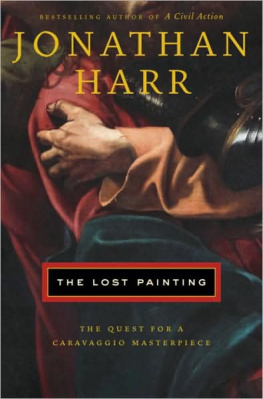
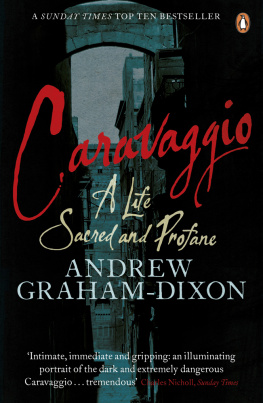

 Caravaggio (15711610)
Caravaggio (15711610)  Contents Delphi Classics 2014 Version 1
Contents Delphi Classics 2014 Version 1  Masters of Art Series Michelangelo Merisi da Caravaggio
Masters of Art Series Michelangelo Merisi da Caravaggio  By Delphi Classics, 2014
By Delphi Classics, 2014 Milan Caravaggios birthplace
Milan Caravaggios birthplace  A map of Milan in the 16 th Century
A map of Milan in the 16 th Century  Chalk portrait of Caravaggio by Ottavio Leoni, c. 1621 THE HIGHLIGHTS
Chalk portrait of Caravaggio by Ottavio Leoni, c. 1621 THE HIGHLIGHTS  In this section, a sample of some of Caravaggios most celebrated works are provided, with concise introductions, special detail reproductions and additional biographical images.
In this section, a sample of some of Caravaggios most celebrated works are provided, with concise introductions, special detail reproductions and additional biographical images. 
 Detail
Detail  Detail
Detail  Detail
Detail  Simone Peterzano (c. 1540-1596) was a painter of Mannerism and a native of Bergamo. 1540-1596) was a painter of Mannerism and a native of Bergamo.
Simone Peterzano (c. 1540-1596) was a painter of Mannerism and a native of Bergamo. 1540-1596) was a painter of Mannerism and a native of Bergamo.
 Detail
Detail  Detail
Detail  Detail
Detail  Giuseppe Cesari (1568-1640) was a Mannerist painter, also named Il Giuseppino and called Cavaliere dArpino, because he was created Cavaliere di Cristo by his patron Pope Clement VIII. He was much patronised in Rome by both Clement and Sixtus V. He was the chief of the studio in which Caravaggio trained after arriving in Rome.
Giuseppe Cesari (1568-1640) was a Mannerist painter, also named Il Giuseppino and called Cavaliere dArpino, because he was created Cavaliere di Cristo by his patron Pope Clement VIII. He was much patronised in Rome by both Clement and Sixtus V. He was the chief of the studio in which Caravaggio trained after arriving in Rome.  The Borghese Gallery in Rome, Italy, housed in the former Villa Borghese Pinciana.
The Borghese Gallery in Rome, Italy, housed in the former Villa Borghese Pinciana.